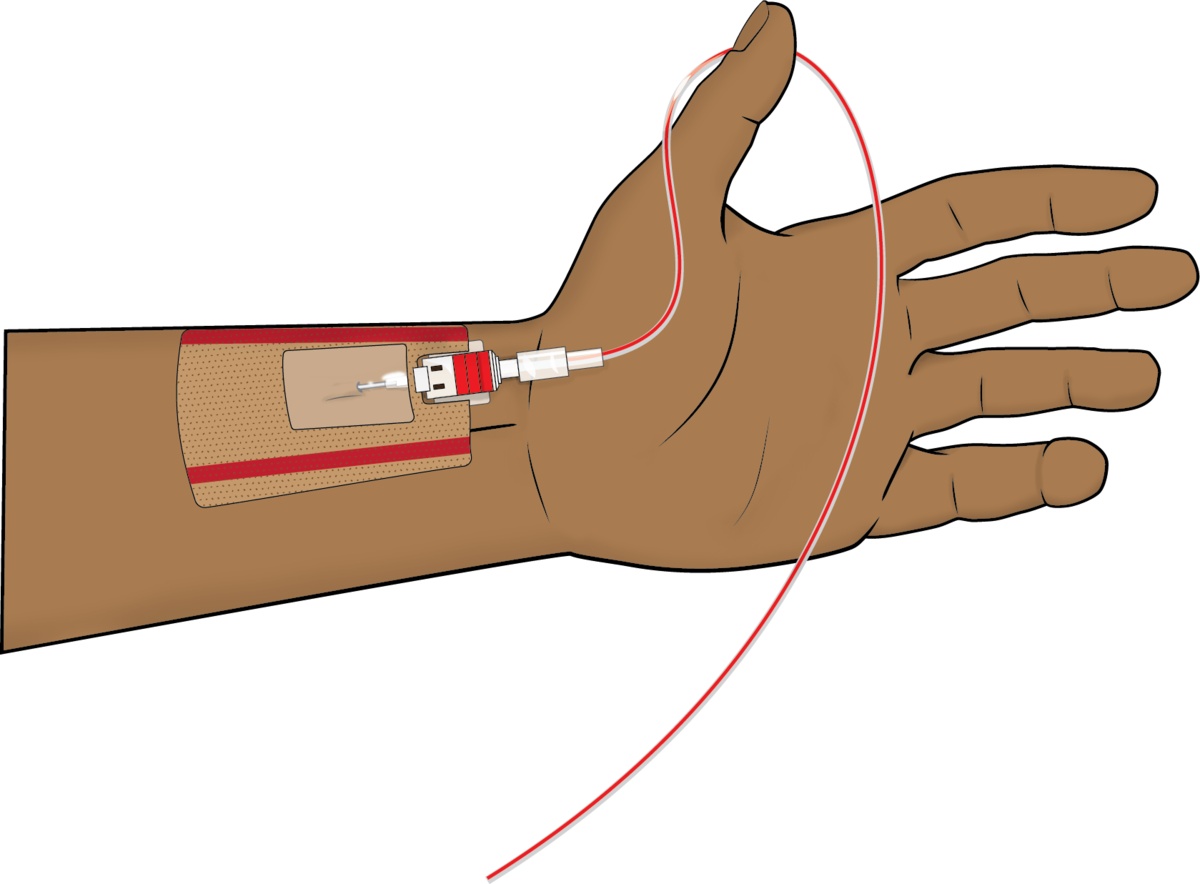Learning to do Arterial Lines

Arterial Lines are fun. They sometimes can be as easy to do as a canula. Other times they can be very tricky.
The importance of an arterial line can not be overstated. It's one of those things that strictly speaking is never "necessary", but always good to have. No treatment is given via an arterial line, and thus sometimes in ED we skip this out because we're too busy. But it makes looking after critically unwell patients so much easier and more efficient.
Learning how to do arterial lines quickly makes a world of difference in a resus.
My YouTube playlist of videos to learn how to do Arterial Lines
Arterial Line setup checklist
- Arterial Needle and canula set (with or without guidewire)
- Dressing
- Chlorhexidine 2% skin prep
- Sterile gloves
- Lignocaine 1% 5ml syringe
- Small needle for lignocaine
- Securing stitch
- Suture cutter or scalpel
- Art line transducer set
- 500ml Pressure bag
- 500ml of normal saline
- Ultrasound machine with linear probe
- Ultrasound probe cover
- Bluey x2
- Tape (to secure patient arm)
Procedure setup
I usually go about in this order
- Prepare the patient's arm or pelvis and secure it in position with some tape. With the wrist I make sure the wrist is slightly hyperextended, but I aim for a spot slightly proximal to the wrist joint. This way the art line is not occluded when the patient bends their wrist later.
- Skin prep with chlorhexidine
- Prepare everything else while skin prep is drying
- Ask friendly nurses to set up the transducer
Always ready to do this myself if required. Often the nurses are busy drawing up medications, etc. - Place the USS on the skin and find the artery
- Do the arterial line
- Secure the line and plug it in. Check the wave form
In a resus just normal IV dressing is sufficient - Clean up
I don't bother palpating the artery
Ultrasound or landmark technique?
It always feels like a hassle to get the USS machine and get it all sterile. That is until you've failed at the arterial line. For me the failure rate is so much lower with USS that it is my default for every arterial line.
The more I use USS the faster I get at setting it all up. Then the speed at which I complete the procedure makes up for the delay in setting up the USS.
Rebel EM did a great podcast on this comparing some literature on the 2 techniques. For anyone who is still doubting the benefits of using USS on the first attempt every time.
